The weird inaccuracies in Ronald Kessler's new book on the Secret Service
Kessler should question the judgment of some of his own sources
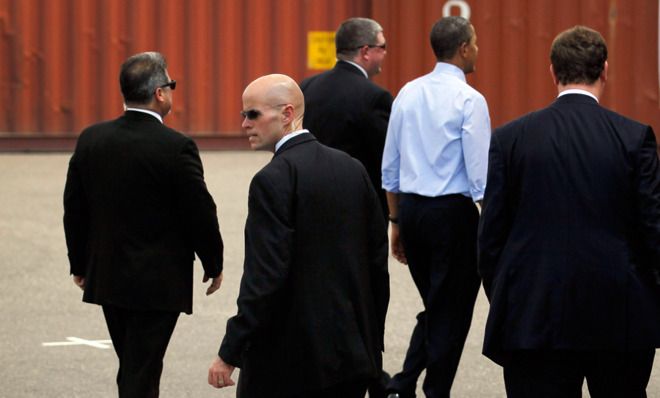

In a calmer world, Ronald Kessler's second book about the U.S. Secret Service might have made more waves. In The First Family Detail, there are salacious details about Bill Clinton's alleged mistress (although Kessler stops short of actually accusing him of having sex with another woman), the cringe-worthy mental image of Joe Biden swimming naked, and a bunch of gossip about current and former protectees.
If Kessler truly had penetrated deep inside an enigmatic agency that is struggling with some scandals and demographic change, then I would wholly recommend the book to you. But there are a surprising number of weird inaccuracies that should lead Kessler to question the judgment of some of his own sources.
Here are the ones I found during a cursory read.
Subscribe to The Week
Escape your echo chamber. Get the facts behind the news, plus analysis from multiple perspectives.

Sign up for The Week's Free Newsletters
From our morning news briefing to a weekly Good News Newsletter, get the best of The Week delivered directly to your inbox.
From our morning news briefing to a weekly Good News Newsletter, get the best of The Week delivered directly to your inbox.
1. He writes that the NSA operates the electronic counter-measures vehicle in the presidential motorcade. Nope. The NSA does not have any presence, overt or covert, in domestic presidential motorcades. The counter-measures vehicle is operated by the Secret Service, based on technology developed by the military and the private sector, not the NSA. When the President travels overseas, the NSA provides intelligence to the Secret Service. And the NSA is responsible for the daily over-the-air rekeying of the Secret Service VHF communications system. But no one affiliated with the agency rides in the motorcade or operates anything.
2. He writes that the colloquial term for people who show up at the White House asking to see the president is "a White House collar." This term heads a chapter of his. His source is a former uniformed division officer. But the source, I think, was telling Kessler about regular callers to the White House — people who call the switchboard asking to speak to the big guy. Kessler heard "White House collar" and didn't follow-up. The actual term for people who show up at the White House: "Gatecrashers."
3. He writes that the nerve center for protection, the Joint Operations Center, is located on the ninth floor of the Service's H street headquarters. It is not.
Similarly, he writes that the entrance to the Secret Service headquarters building includes "No mention of the Secret Service, not even on the visitor's badge that the security officer issues." Both false. The badges and the lobby both identify the building as belonging to the Secret Service. Kessler might know this, because he writes later in the book that "entering Secret Service headquarters, you see on the wall the words "Worthy of Trust and Confidence" in big silver letters." That slogan appears next to the Secret Service's shield, which, of course, includes the words "United States Secret Service."
Sign up for Today's Best Articles in your inbox
A free daily email with the biggest news stories of the day – and the best features from TheWeek.com
4. A long anecdote about the 2013 White House Correspondents Association dinner includes the facts that the president's motorcade arrives and departs from a garage underneath the Washington Hilton hotel, and that a counter-sniper team is always on duty. Neither are true, as anyone who has been to a WHCA dinner, or to the Hilton, can attest. The presidential limo arrives and departs from a specially-built hardened silo of sorts that connects to a side entrance. We all know this because the Hilton built this portal for the president after John Hinckley's unsuccessful assassination attempt on Ronald Reagan, which took place at that exact place. Counter-sniper teams aren't assigned to events at the Hilton because the President is never outside, or near windows.
5. He writes that a Secret Service agent named Timothy Barraclough was transferred and demoted to the Tucson field office after being caught sending sexually explicit e-mails to a subordinate, while another supervisory agent was given a lateral transfer. Barraclough never left Washington. He works at the Secret Service headquarters today.
6. About former Vice President Al Gore, he quotes a former agent named Jeff Crane, who says that he was "on the detail one Christmas when Gore was at home in Carthage. Neighbors offered us food on Christmas Day, but the Gores never even bothered to say 'Merry Christmas' or 'Thank you." Surely Crane said this. But Crane was never part of Gore's detail. He belonged to the Dallas Field Office. He was on a temporary duty assignment that Christmas, assigned as a post-stander, and agents who do TDYs don't consider themselves part of the detail. (I thank my own anonymous source for pointing this out to me.) ]
7. There is a photograph of an armored Secret Service limo taken by Pamela Kessler, under which the author has written: "The Secret Service keeps the presidential limousine known as the Beast in the garage under its headquarters." The car in the picture is not the presidential limo. Kessler implies that the Service will soon update the presidential touring cars because they date from the Bush era. This is partially true; the Service has commissioned new "Beasts" but the limos that ferry Obama are not the same ones that President Bush used.
8. He writes that Vice President Biden routinely flies Air Force Two to his home in Delaware. This is not true, although it is the premise for a central allegation in the book. What happens is this: Wherever Biden travels, the military travels with him. Continuity of government requirements being as they are, a plane with secure communication is kept on standby at the closest airport. So if Biden takes the train back to Delaware, the Air Force will make sure that there's a plane ready to serve as Air Force Two that waits for him in case he needs to be evacuated. This stand-by infrastructure might not be a great use of taxpayer money, but Biden does not force the Air Force to fly him to Delaware. In fact, he very rarely flies to Delaware. As has been widely reported, he usually takes the train.
Every book ever written has mistakes. But experts are supposed to get the main things right, and reporters generally follow through when someone tells them something. Too often, Kessler seems to have listened to his sources, written their words down, and then simply printed as fact their allegations or observations without checking on them. I find that weird.
Update: After publication of this piece, author Ronald Kessler provided The Week with documentation from the Air Force about Vice President Biden's travel. You can see the document yourself here.
Marc Ambinder is TheWeek.com's editor-at-large. He is the author, with D.B. Grady, of The Command and Deep State: Inside the Government Secrecy Industry. Marc is also a contributing editor for The Atlantic and GQ. Formerly, he served as White House correspondent for National Journal, chief political consultant for CBS News, and politics editor at The Atlantic. Marc is a 2001 graduate of Harvard. He is married to Michael Park, a corporate strategy consultant, and lives in Los Angeles.
-
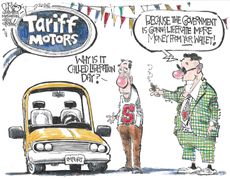 5 costly cartoons about Liberation Day tariffs
5 costly cartoons about Liberation Day tariffsCartoons Artists take on the auto industry, 401(k) plans, and more
By The Week US Published
-
 Whipped ricotta and asparagus bruschetta recipe
Whipped ricotta and asparagus bruschetta recipeThe Week Recommends This creamy irresistible dish is springtime on toast
By The Week UK Published
-
 The Sentebale row: a blow for Prince Harry
The Sentebale row: a blow for Prince HarryTalking Point Duke of Sussex made 'devastating' decision to stand down as Aids charity's patron, following 'power struggle' between its trustees and new chair
By The Week UK Published
-
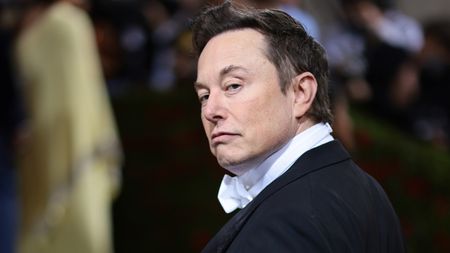 Walter Isaacson's 'Elon Musk' can 'scarcely contain its subject'
Walter Isaacson's 'Elon Musk' can 'scarcely contain its subject'The latest biography on the elusive tech mogul is causing a stir among critics
By Theara Coleman Published
-
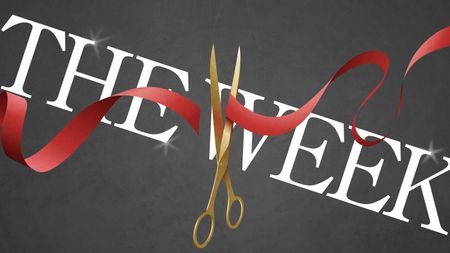 Welcome to the new TheWeek.com!
Welcome to the new TheWeek.com!The Explainer Please allow us to reintroduce ourselves
By Jeva Lange Published
-
 The Oscars finale was a heartless disaster
The Oscars finale was a heartless disasterThe Explainer A calculated attempt at emotional manipulation goes very wrong
By Jeva Lange Last updated
-
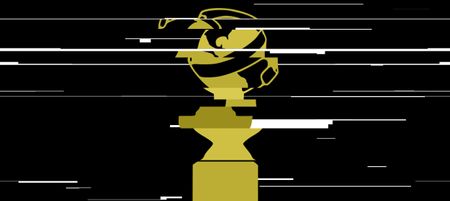 Most awkward awards show ever?
Most awkward awards show ever?The Explainer The best, worst, and most shocking moments from a chaotic Golden Globes
By Brendan Morrow Published
-
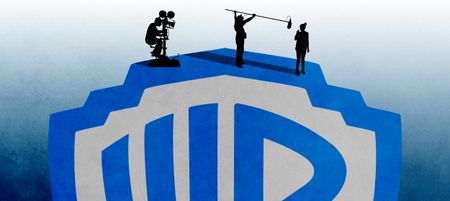 The possible silver lining to the Warner Bros. deal
The possible silver lining to the Warner Bros. dealThe Explainer Could what's terrible for theaters be good for creators?
By Jeva Lange Last updated
-
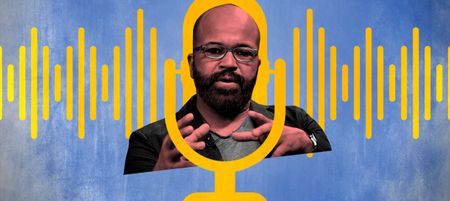 Jeffrey Wright is the new 'narrator voice'
Jeffrey Wright is the new 'narrator voice'The Explainer Move over, Sam Elliott and Morgan Freeman
By Jeva Lange Published
-
 This week's literary events are the biggest award shows of 2020
This week's literary events are the biggest award shows of 2020feature So long, Oscar. Hello, Booker.
By Jeva Lange Published
-
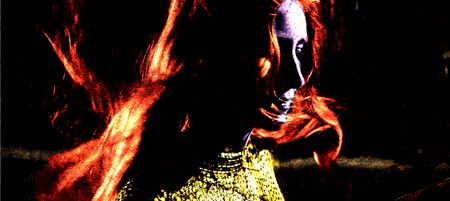 What She Dies Tomorrow can teach us about our unshakable obsession with mortality
What She Dies Tomorrow can teach us about our unshakable obsession with mortalityThe Explainer This film isn't about the pandemic. But it can help viewers confront their fears about death.
By Jeva Lange Published
